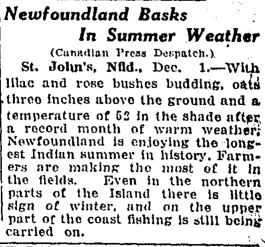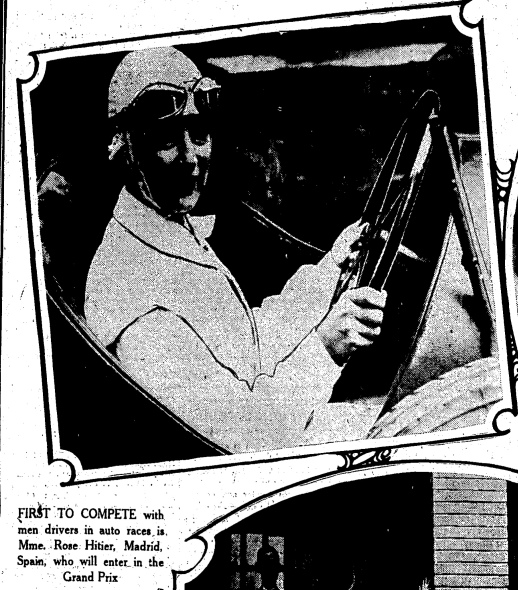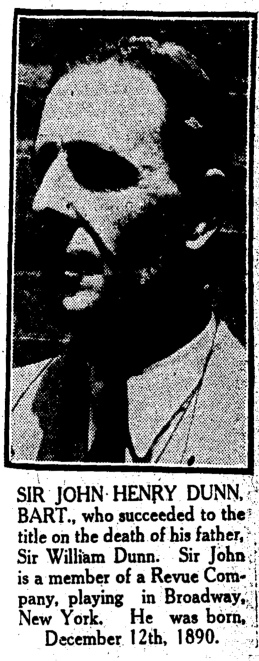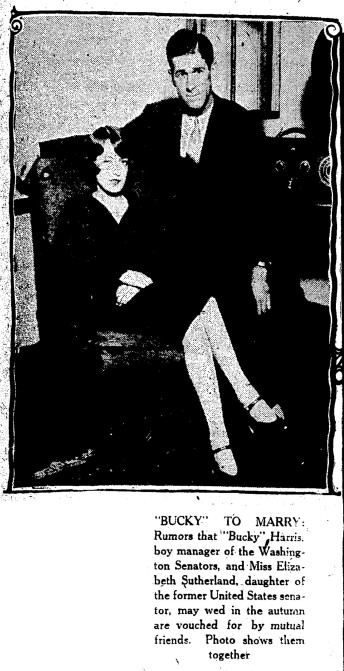The December 2 1926 edition of the Toronto Globe contained two articles that indicated that the weather was significantly different in various parts of the country.
The first article indicated that winter was about to arrive early in Ontario:

Crookston, Minnesota, had it rather tough. If you’re curious, here is the Wikipedia page for Crookston. Test pilot Milt Thompson would have been just shy of seven months old when this cold snap hit.
Compare this to the residents of Newfoundland, who were enjoying an unusually warm late fall:

I couldn’t find climate data for St. John’s from 1926 on the Environment Canada website, for the simple reason that Newfoundland was not yet part of Canada then. But I did look up Sydney, Nova Scotia, which isn’t all that far away, and it turned out that it was having an unseasonably warm spell in late November, 1926. Between November 15 and 30, there were eight days where the temperature was 10 degrees Celsius or higher, and two days where it peaked at 14.4C. (The average high temperature for Sydney in November is 7.3C, and that’s for the whole month; for the second half, it would be lower.)
December 1 was also unusually warm, with a high of 11.1C, but it rained buckets – 41.1 mm of rain fell there. After that, normal service resumed: there was 5.1 cm of snow on December 3, 12.7 cm of snow on December 4, and a whopping 22.9 cm of snow on December 6. There was also snow on the 9th, rain/snow on the 11th, and 38.1 mm of rain on the 12th, so early December 1926 was miserable in Sydney, and was probably miserable in Newfoundland as well.
As for Ontario in December 1926: the Toronto data shows a three-day cold spell from the 4th to the 6th, with 15 cm of snow on the 5th. Ottawa’s cold spell was longer, but with less snow.










